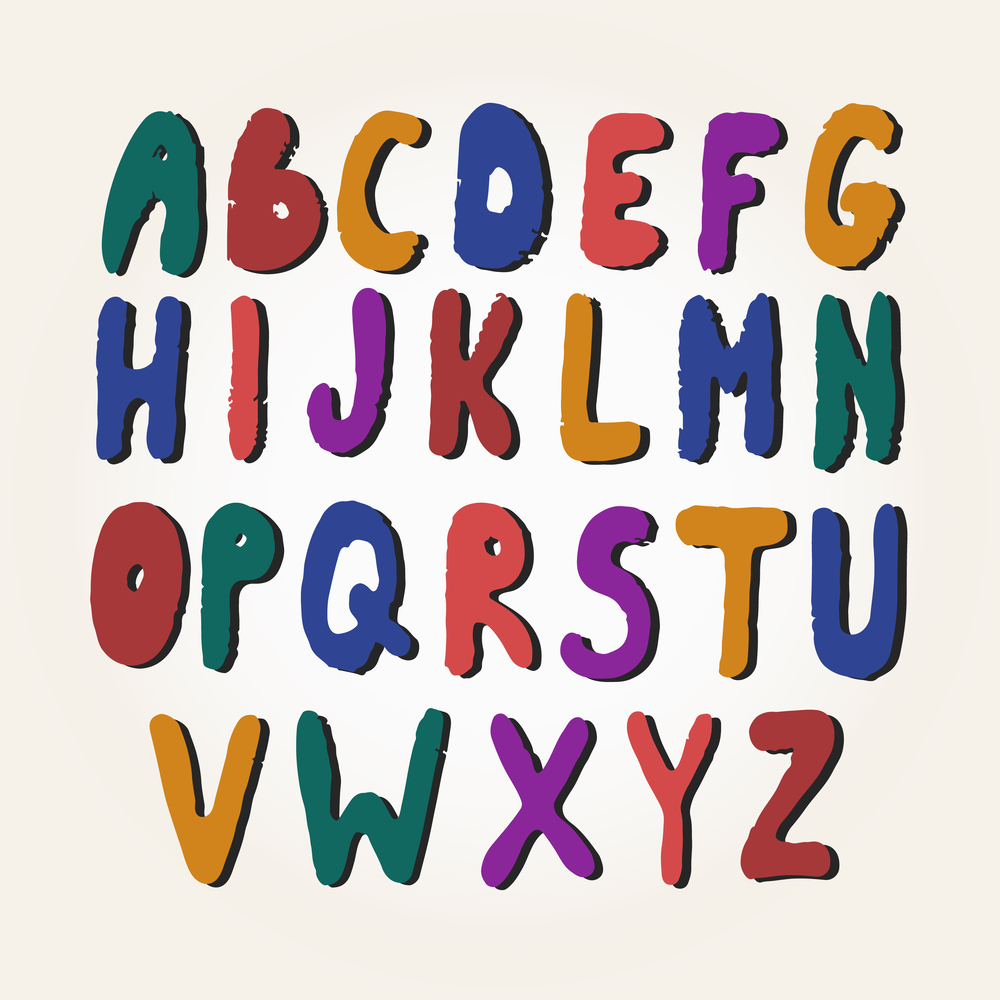
The European Commission has recently come out with a statement discussing the effectiveness of Accessibility Overlays. So what are overlays and why is it important to understand what they do and don’t do in relation to accessibility.
Overlays are pieces of code that are added to a website as a plugin. They try to find all the errors that prevent a website being accessible according to the Web Content Accessibility Guidelines (WCAG). There are many overlays in WordPress and you will often see the international symbol for accessibility on the website where it has been applied. The overlays are marketed as being able to ensure that a website meets the WCAG standards. Unfortunately, the overlays will never be able to find all WCAG errors.

Colour, Font and font size
Overlays are not able to change the font type. They can be used
to increase font size however, if the website is not designed and constructed correctly
enlarging font size may cause other issues.
Overlays can change some colour. That is an overlay can change the display to be grey scale, or suitable for a person that is colour blind. However, that only works for that website. The other issue that can occur is that, again, if the website is not designed correctly changing the colour with the overlay will not change the instances where the contrast is not enough for the person to distinguish the information.

Alternate Text
Overlays can detect if an image or other graphic does not have alternate text. However, it can’t work out if the alternate text is accurately depicting the image or other graphic. The overlay can’t tell the difference between a cat and a dog.

Labels and Headings
Overlays can’t tell if there is an incorrectly labelled field. It can’t detect if there is not label associated with the field. Overlays can’t detect if there are headings inappropriately placed in the body of text.

Videos and Audio
Overlays can’t detect if there is audio description or captions associated with a video or audio. They can’t detect sign language or alternatives to the videos or audio.

Assistive Technology
People will have their assistive technology tools configured to match their needs. This includes the use of different voices, font type and size and other settings that can be amended including the amount of punctuation to be read out. Overlays can’t be configured to this extent.

Conformance
Overlays cannot guarantee compliance due to all the reasons mentioned above. There is nothing that beats an auditor trained in WCAG to ensure that a document is conforming.

Conclusion
Websites and documents when designed and built correctly, do not need the assistance of overlays. A document creator that knows and understands how to incorporate WCAG techniques and strategies can sabe the business money by not having to pay for overlays. It is not realistic to expect an overlay to be able to cover all the WCAG 2.2 criteria.
